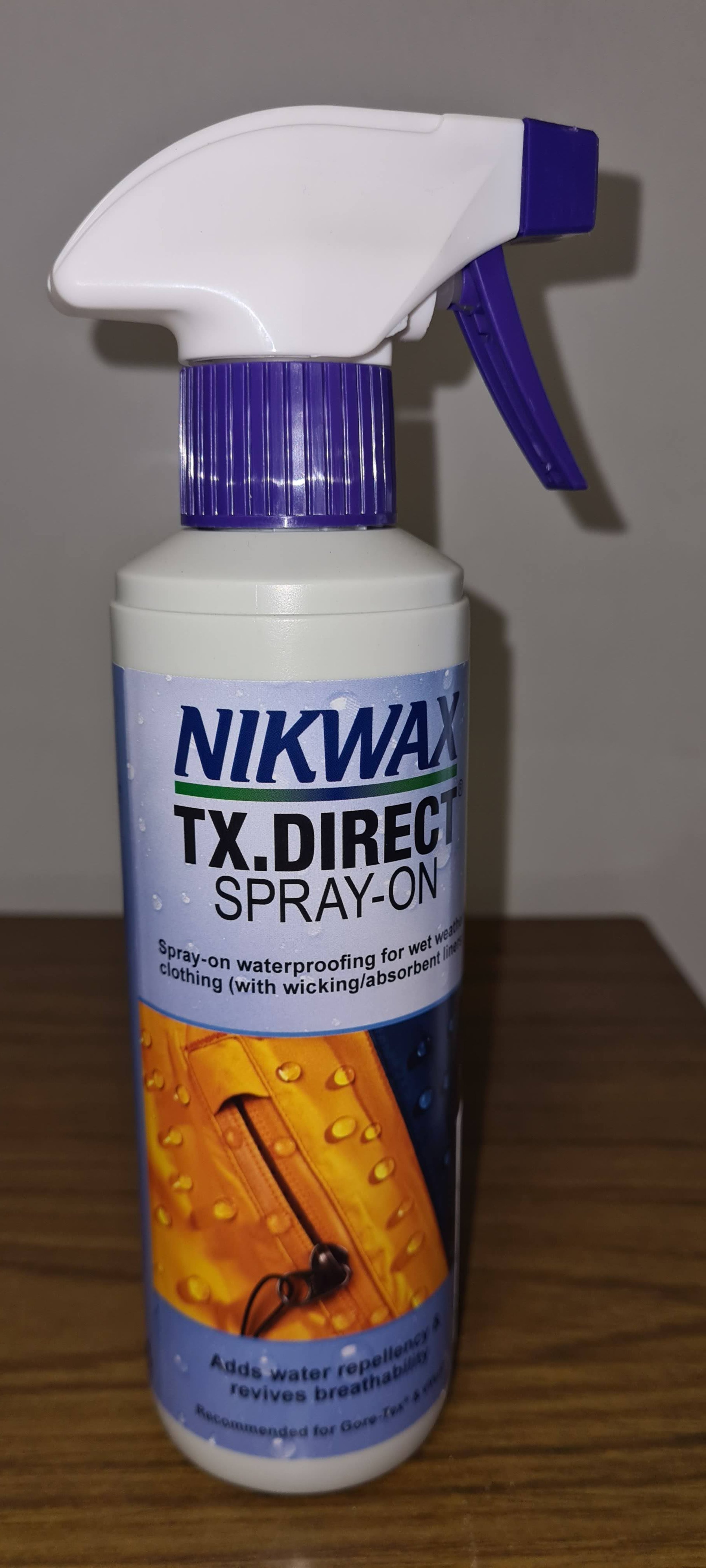How I Waterproof my Gore-Tex Jacket for Autumn and Winter Training
by Jo Vartanian
Well prepared Diamonds on a trek in Western Australia.
As a Women's Trek Training business owner, I spend a lot of time outdoors in all types of weather. That's why having a reliable Gore-Tex jacket is essential to staying comfortable and dry during my training sessions and hiking adventures. However, after a lot of use, even the best Gore-Tex jackets can start losing their waterproofing ability. That's why I'm taking the time to waterproof my jacket before winter when staying dry in wet conditions is extra important. In this article, I'll share the steps I'm taking to restore my jacket's waterproofing ability and keep myself dry during my outdoor pursuits.
My jacket in need of water-proofing! The water is not beading and it’s soaking through the fabric!
Step 1: Cleaning my Jacket - I'm starting with a thorough cleaning, because dirt and oil can clog the pores of the Gore-Tex membrane, making it less effective at repelling water. I'm using a washing detergent specifically for Gore-Tex but you can use a mild detergent and warm water to clean the jacket, avoiding any fabric softeners or bleach that could damage the Gore-Tex membrane. After washing, I'm hanging the jacket to dry in a well-ventilated area.
Step 2: Applying the Waterproofing Solution – there are 2 options. Once my jacket is dry, I’m applying a spray product that's suitable for Gore-Tex fabrics, such as Nikwax or Granger's. You can also use a wash-in product and don’t need to wait for your jacket to dry. Choose high-quality products and follow the manufacturer's instructions.
Step 3: Reactivating the DWR (Durable Water Repellent) with Heat - after applying the waterproofing solution and allowing it to dry, I'm taking an extra step to reactivate the DWR coating on my jacket. I'm using an iron on a low or medium heat setting with a cloth covering the jacket or you can use a clothes dryer on a low heat setting for around 20-30 minutes. This will help ensure that my Gore-Tex jacket is fully waterproof and able to repel water effectively.
Trek Training in Autumn.
Step 4: Testing the Waterproofing Ability - Before heading out on my next training or hiking adventures, I'm testing my jacket's waterproofing ability. I'm pouring water over the jacket to see if it beads up and rolls off, indicating that the waterproofing solution and DWR coating are working effectively. If the water doesn't bead up, I'll apply another coat of waterproofing solution and repeat the heat reactivation step.
Beading! YAY!
By taking the time to properly waterproof my Gore-Tex jacket, I'm confident that I'll stay dry during my outdoor hikes this autumn and winter. Whether I'm training clients in the rain or hiking through the mountains, I'll have a reliable and waterproof jacket to keep me dry and comfortable.
Diamonds adhere to ‘There’s no bad weather, only bad gear!’
Spring Hiking in Kosciusko!








